Amidst the vibrant chaos of Jaipur, with its bustling bazaars and royal forts, lies a vision of serenity—a palace seemingly floating on water. This is Jal Mahal Jaipur, or the “Water Palace,” a breathtaking architectural marvel nestled in the center of Man Sagar Lake, framed by the Aravalli Hills. Though often admired from afar, Jal Mahal holds stories as deep and still as the waters that surround it.
A symbol of Rajput elegance and Mughal finesse, Jal Mahal is one of the most iconic yet mysterious structures in Rajasthan. Its picturesque setting, unique design, and historical significance make it a must-visit spot for tourists, photographers, and history lovers alike.
🌊 The Palace That Floats: An Architectural Wonder
From a distance, Jal Mahal appears as though it’s gently resting on the surface of the lake. In reality, four of its five stories are submerged underwater when the lake is full. Only the top floor remains visible, with its red sandstone facade and delicate domes reflecting beautifully in the still waters.
Constructed primarily in Rajput style, the palace also exhibits subtle Mughal architectural influences, which can be seen in the intricate jharokhas (overhanging enclosed balconies), chhatris (dome-shaped pavilions), and arched corridors.
The symmetry of the structure, the way it harmonizes with the surrounding lake and hills, and its purpose as a leisure retreat for royalty reflect a fine balance of form and function.
🏰 A Glimpse Into History
Jal Mahal was originally built in the 18th century by Maharaja Madho Singh I as a hunting lodge and summer retreat for the royal family. It was never intended to be a residential palace or fort, but rather a place of tranquility and recreation, especially during duck hunting expeditions.
Later, his successor, Madho Singh II, made significant improvements to the structure, enhancing both its aesthetics and its structural integrity. Over the years, however, the palace and the lake surrounding it fell into disrepair due to neglect, urban encroachment, and pollution.
In the early 2000s, a major restoration initiative was launched to revive Jal Mahal and the Man Sagar Lake, bringing the area back to its former glory.
🌿 The Ecological Restoration of Man Sagar Lake
Beyond architecture and history, Jal Mahal also stands as a success story in urban ecological restoration. By the early 1990s, Man Sagar Lake had become heavily polluted due to unchecked urban runoff and sewage discharge. The lake was almost dry during most parts of the year, and the Jal Mahal was surrounded by silt and waste.
The government, in collaboration with private partners, took on the massive task of desilting the lake, diverting sewage, and reviving the ecosystem. Native flora and fauna returned, birds began migrating to the lake once more, and Jal Mahal once again became a symbol of beauty and balance between heritage and nature.
Today, the area around the palace has been developed as a clean and eco-friendly promenade, where visitors can stroll, take photos, or enjoy local snacks while gazing at the palace from the banks.
📸 A Photographer’s Dream
With the Aravalli Hills in the background, especially the Nahargarh Fort perched above, the sight of Jal Mahal at sunrise or sunset is truly magical. The reflection of the palace in the calm waters of the lake creates a mirror image that’s surreal and symmetrical.
Visitors often pause here for a while, not just for the photos, but for the feeling—calm, timeless, poetic. During the early morning or golden hour, the colors of the sandstone glow warmly, while the blue sky and lake form the perfect contrast.
Though entry to the palace itself is currently restricted to the public, the beauty of Jal Mahal is best enjoyed from the promenade.
🎨 Crafts, Culture & Street Life Nearby
The lakeside promenade is lined with local artisans selling handmade jewelry, traditional puppets, camel leather goods, and Rajasthani snacks. This area has become a lively yet relaxed zone where locals and tourists mingle.
You can enjoy:
- Rajasthani kulfi (traditional ice cream)
- Street performances
- Handicraft stalls
- Camel rides for children
It’s an ideal spot to experience Jaipur’s culture in an open-air setting, with the palace providing a picture-perfect backdrop.
🗺️ Visiting Jal Mahal: What You Need to Know
- Location: On the way to Amber Fort, approximately 5 km from Jaipur city center
- Best Time to Visit: October to March (pleasant weather and clear skies)
- Timings: Open area accessible all day; palace interior not open for public tours
- Entry Fee: No fee to view from the promenade
- Tips:
- Visit early morning for fewer crowds and stunning light.
- Carry a zoom lens if you’re into photography.
- Combine with trips to Amber Fort, Nahargarh Fort, or Kanak Vrindavan Garden.
🌟 Why Jal Mahal Deserves Your Time
Jal Mahal isn’t just a sightseeing spot—it’s an experience. A moment of stillness in a city otherwise full of sound and color. It represents Jaipur’s ability to preserve its royal legacy while embracing change and environmental responsibility.
It’s also a reminder that even structures forgotten by time can be revived with vision and care. Whether you’re traveling solo, with family, or as a photographer in search of the perfect shot, Jal Mahal offers a view and a vibe you won’t forget.
Final Thoughts
Jal Mahal stands as one of Jaipur’s most poetic landmarks. With its unique position in the lake, regal design, and natural surroundings, it captures everything that Rajasthan symbolizes—royalty, resilience, and reverence for beauty. The next time you’re in Jaipur, don’t just pass by Jal Mahal. Stop. Watch. Reflect.
Have you ever watched the sunset over Jal Mahal? Tell us in the comments—or tag us in your photo for a chance to be featured! 🌅✨
🔔 Stay tuned for more Jaipur gems—enable notifications now!
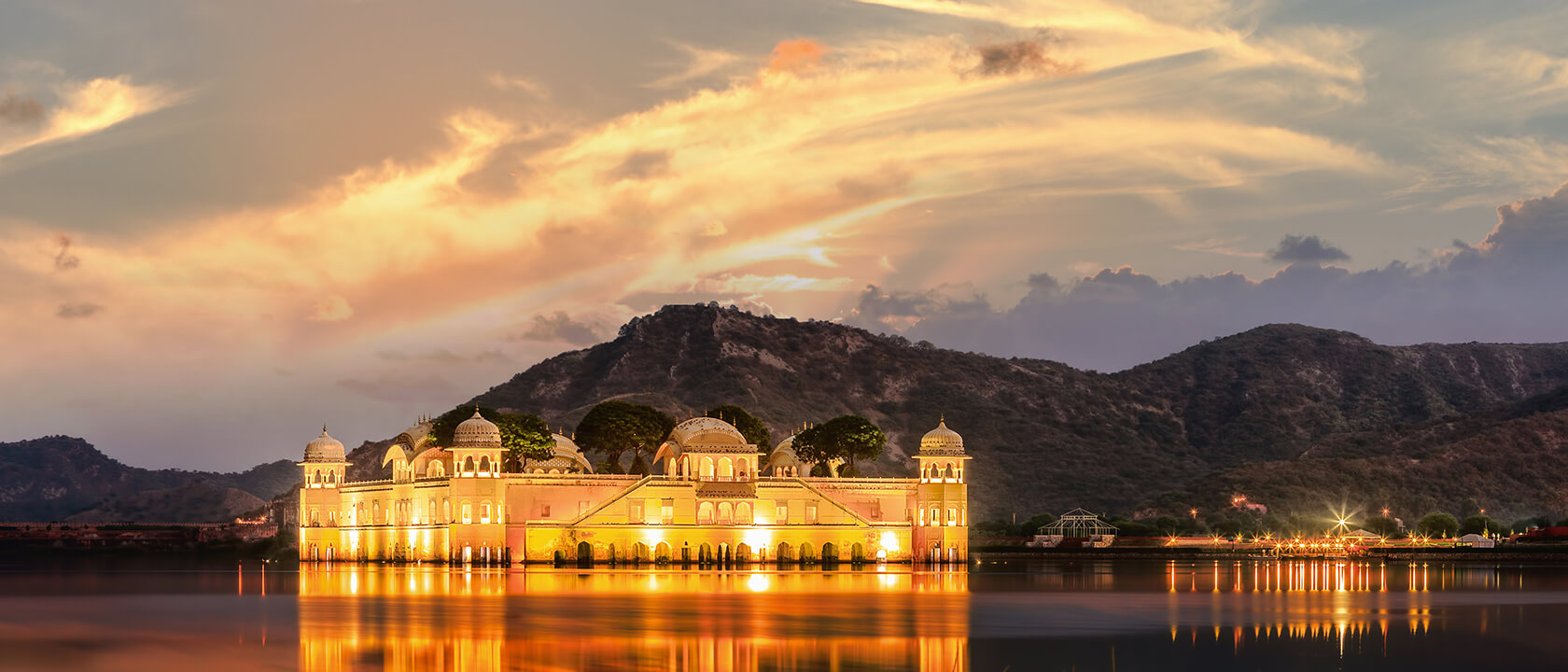
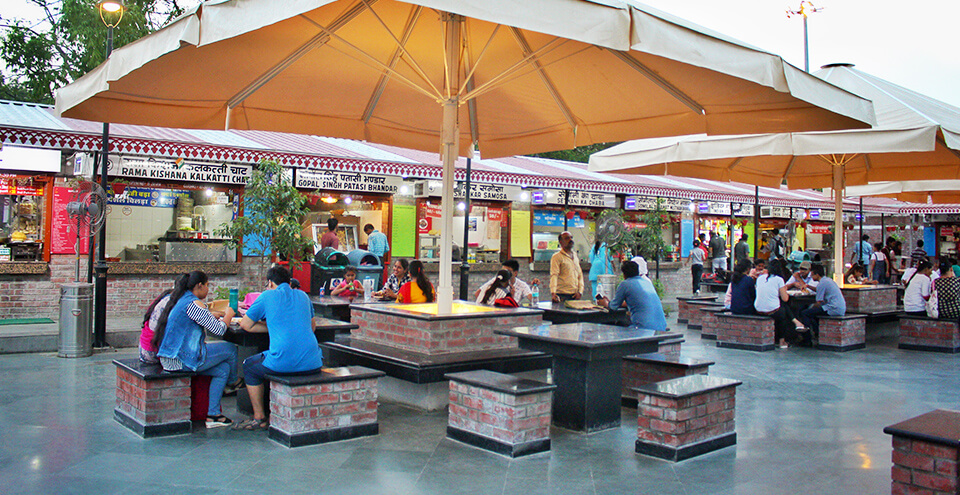
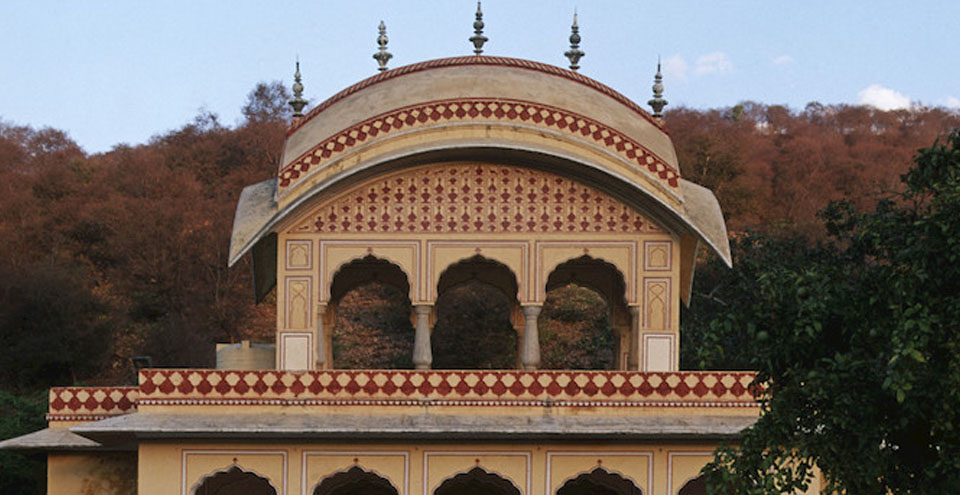
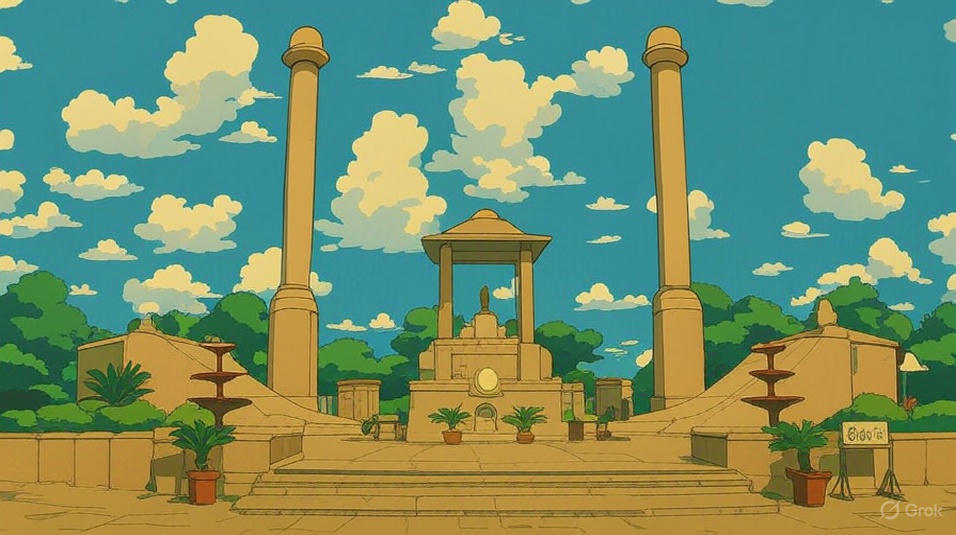
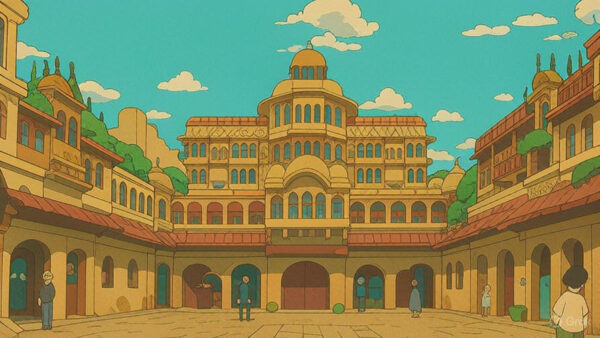
The text is imbued with quiet wisdom, offering insight not through declaration but through careful observation and gentle revelation.